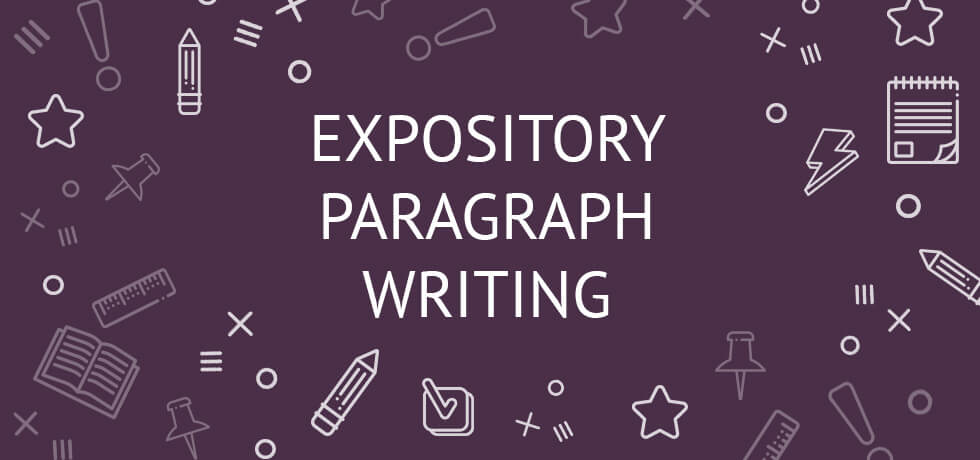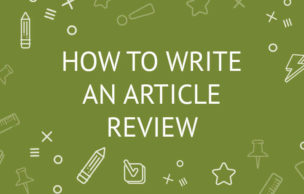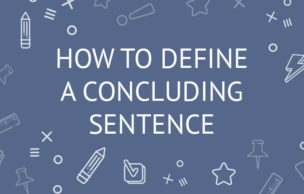Expository Paragraph Writing

Expository writing is unique as it forces the writer to have in-depth knowledge regarding the idea he wants to write about. The essay writer must explore all aspects of the idea, explain it and weigh all the arguments. Once this is done then and only then can he give two cents on the matter at hand.
Expository writing is most prominent when one is writing an expository essay, which may come in several forms. They can be written in the form of comparison and contrast, analysis of cause and effect, or they can be an explanation or an analysis of a process definition.
Depending on the reasoning behind the essay, each paragraph must be formulated in such a way that it reflects the very core reason in such a way that even readers with no prior knowledge of it can understand it easily.
To use expository paragraphs correctly, one must first know how to write an expository essay properly. To do that it is necessary to master the structure of expository essay first.
Expository essays follow the same rules as most essays. An expository essay needs a clearly stated and defined thesis statement in the beginning. All transitions between the paragraphs must be done in a logical and orderly manner with attention to the introduction and conclusion paragraphs. The main body needs to be filled with cold, hard facts which can be factual, statistical, logical or anecdotal. As with all other essays types, the conclusion must be strong and cannot simply be restating the thesis statement.
Informing or Explaining
When the purpose of an essay is to relate certain information to the reader or to explain the mechanics of something, it is usually required to inform the reader of the topic in the introduction. Furthermore, this kind of essays must adhere to strict chronological order when explaining a certain process.
One way of achieving this in essays that strive to inform the reader is to use topic sentences. Topic sentences can be used as building blocks; they gradually present more and more information. This is where topic sentences can be used to their full extent. They can be used as mini-thesis statements to define and explain body paragraphs or to guide the reader through a certain process.
Analyzing or Evaluating
Explanatory writing is commonly used when a specific analysis is conducted. It is convenient to use when there is a need to explain how and why an issue is of significance. When using explanatory writing, it is important to know your subject completely and to understand if your essay should focus more on analysis or explanation. This, in turn, allows you to use body paragraphs efficiently so that they communicate your argument to the reader.
When writing a comparison essay, it is possible to devote individual paragraphs to each subject you are comparing as well as to compare those issues by intermixing them in each paragraph. If you are, on the other hand, writing a cause-and-effect analysis essay, the introduction must contain all the necessary information regarding that very cause and effect as well as your approach to them.
If it's a problem and solution type of essay, the problem must be immediately identified so that the proposed solution can follow right after it, leaving you with enough room to connect them. If you opt for this, you must also present the solution in your thesis statement.
Topic Sentences Guide the Way
Topic Sentences Guide the Way as they inform the reader about all the things you will write about in the following paragraph. With this logic in mind, it stands to reason that the supporting body paragraphs contain topic sentences that cover different points and thus lead towards the development of the argument.
Regardless of what kind of essay you are writing the topic sentences serve to make the transition from the thesis statement to each subsequent paragraph of the essay smooth and clear. This is why each and every paragraph should contain a one-sentence statement that embodies the main idea discussed in the body paragraphs.





